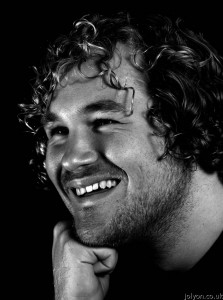about me
 My research
My research
I have a background in behavioural ecology and sensory ecology, asking questions such as how an animal’s cognition or appearance to other animals affects how they interact with their environment, and how this in turn affects their evolution (see my publications).
I’m currently a NERC Independent Research Fellow, investigating how the light environment and a habitat’s three-dimensional structure affect an animal’s camouflage, see here for more info.
Prior to my fellowship I worked as a postdoctoral research associate on a BBSRC grant to Martin Stevens and John Skelhorn, investigating how easily predators can learn and switch between different camouflage strategies. I tested this using a series of touch-screen experiments on humans and laboratory chickens, training them to find computer generated “moths” that are concealed with different types of camouflage.
Combining my interests in photography, image analysis and animal vision has led me to develop new tools and methodologies for using standard consumer digital cameras as multispectral imaging tools for scientific purposes. This includes ultraviolet photography, and models that can convert from “camera vision” to “animal vision” (see the Image Analysis Toolbox).
My previous work included a postdoc with Martin and Claire Spottiswoode investigating how camouflage affects the survival of animals in the real world, using ground-nesting birds in Zambia as a model. We discovered that pattern and contrast matching were the most important cues that gave away the location of nests to predators, and that each female could choose where to create her nest based on the appearance of her own plumage, or the appearance of her clutch.
For my PhD I focussed on the ecological significance of tool-use in New Caledonian crows. Using methods from animal-borne video cameras to isotope analysis and motion-triggered cameras, I contributed to our understanding of the importance of tool-use to the crows’ ecology and survival in this secretive species. For example, the isotope analysis suggested that over 1/3rd of the crows’ daily energy requirement could depend on tool-use, while animal-borne cameras revealed previously unknown foraging strategies and food sources. My research into the New Caledonian crows’ vision also highlighted how eye and bill morphology could have evolved to enable tool-use at the expense of other ecological pressures on their morphology such as accessing carrion.





